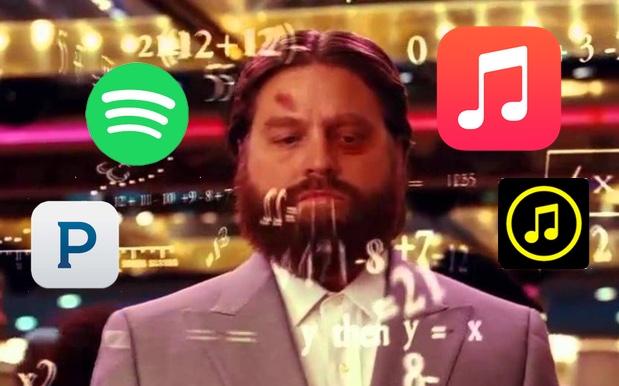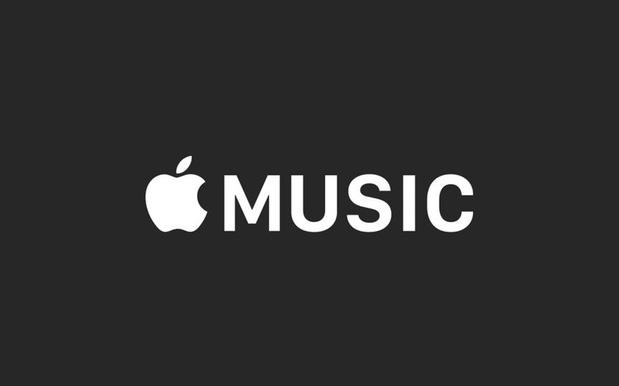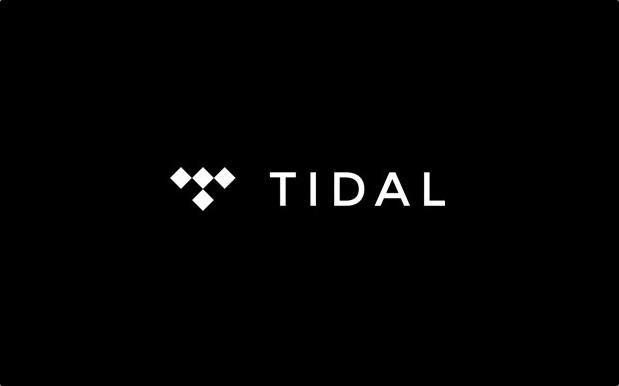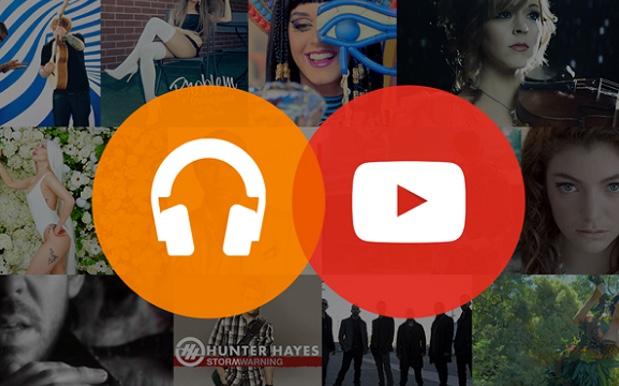
One of the truly great things about living in the future is the plethora of great music streaming services available to you. We’ve come a long way from doomsaying about Spotify completely decimating the music industry – though there’s still concerns about where artists get their cut, and how it’ll keep the momentum, it’s certainly benefitting the Australian music industry, at least.
But as it becomes more popular, a question arises: which one are you gonna gun for? It’s an investment: you build up a big library of tunes, and switching between them is about as annoying as switching between Mac OS and Windows back in the 90s. You could also be like me – invested literally years into Rdio, only to watch it crash and burn. Vale.
So let’s keep it simple. Here are the best options, and why you might be inclined to pick ’em up. There’s no easy answer is to which is the best, as they all have strengths and weaknesses depending on what you need from them and the devices you already use.
APPLE MUSIC

Everyone was pretty excited for Apple’s entry into the streaming music market, and Apple Music is pretty solid. If you’re totally immersed in Apple’s ecosystem – we’ve heard there are a few of you out there – then it’s a very good option. It kinda just works, and it’s integrated fairly well into Apple’s operating systems (the new Apple TV app is especially quite nice).
It’s $11.99 a month, which is juuust about the sweet spot for a lot of streaming services. If you’re signing up for a 12 or 24 month Telstra contract, you’re able to score a pretty sweet deal that lands you six month’s worth of Apple Music free.
It has its own radio station, Beats 1, which has a number of solid celebrity hosts and is usually worth a listen if nothing else is going. The playlists, churned out by Apple’s in-house team, also tend to be pretty stellar. Every time they crank out a new West Coast hip-hop collection (I feel like there are about six million of them) I’m compelled to give it a spin.
But look: the company that made the unspeakable continuing horror that is iTunes was probably doomed to make a few errors along the way. Its interface isn’t quite there yet, although it is pretty. Not everything makes sense, and isn’t always where you’d expect it to be. This’ll likely be ironed out, but at the moment I’d have to say apps like Spotify are more intuitive.
You can sync music to it for offline playing, in a way that’s a little bit clunky, but it works. I had the app auto-delete all my tunes for seemingly no reason a few times. A bit frustrating, but those were early days – I’m assured this stuff doesn’t happen quite so much anymore.
SPOTIFY

The big mother. Spotify is the service everybody knows, and the most popular by far. With over 20 million tracks and a suite of apps that are generally pretty great, Spotify is a pretty easy one to recommend. You can listen to it for free with ads interrupting your tunes, or pay $11.99 a month for totally uninterrupted listening.
It lets you sync songs to your smartphone or device for offline listening – which is great for your commute and those with restrictive data packages – but there’s a hard limit. This was a sad surprise coming from Rdio, which has unlimited syncing, but look: you’re not going to keep that Veronicas album synced offline forever, right?
The desktop app looks refreshingly similar to every other music application you’ve ever used, so it’s easy to jump in. They have a pretty solid music curation team too, so the provided playlists tend to be a great introduction to any given genre or style that you’re looking to explore.
Also, the Discover playlist, which is released weekly and is based on your listening habits with algorithms, is by far one of the most incredible I’ve ever used. This is said a lot, but it’s actually gnarly. Each Monday I’m treated to a playlist almost guaranteed to have at least a handful of bands I’ve never heard of that are supernaturally close to my tastes. Whatever the algorithm is, it’s good.
PANDORA

Pandora kinda kicked off the whole craze, but it still works a lil differently to everyone else – rather than selecting from whatever tracks you wanna stream, it’s all about doing internet radio extremely well.
You can stream free with ads, or pay $4.99 a month for ad-free listening. It’s cheap and dirty, and its algorithms for finding great radio tunes to play. Punch in an artist you like, and it’ll play you a bunch of tunes with the same vibe. Easy as.
I’d say it’s more of a music discovery service than anything. You’re probably gonna find a whole lot of bands and tunes you’ve never heard of, and if you like ’em, you might wanna go somewhere else to find the rest of their catalogue. I know people who love Pandora as an extra on top of other music streaming services. They use Pandora to discover, and if they like the tunes, they’ll seek them out on Spotify or similar services.
And hey: for $4.99, that may well be worth it for you.
TIDAL

Errybody knows Tidal, because it’s easily the most controversial of the streaming services. Not only because of its focus – a musician-oriented app which is all about high-quality audio – but also because it tends to attract exclusives which can’t be accessed anywhere else. So people get mad when the latest Rihanna or Kanye tunes are only available on the service, which charges $23.99 a month if you want the full audio experience.
But Tidal is actually not bad. It has a great music video selection as well as its audio, and it’s playlists are well-crafted by people you can tell are huge music nerds. There’s a $14.99 package if you don’t want the ultra-good quality streaming – but quite honestly, if you don’t want that, you might not be looking at Tidal.
If you’re an audiophile or you absolutely need the new Kanye the moment it comes out, Tidal’s prob worth it. Otherwise, it doesn’t really offer any massive benefits over the others. You can however claim to be part of Jay-Z‘s posse if you’re a subscriber. That’s the law.
YOUTUBE RED/GOOGLE PLAY MUSIC

Now this is a kinda fresh and tempting proposition: for $11.99 a month, you get access to YouTube Red and a premium subscription to Google Play Music. If you’re on Android especially, that’s very decent.
YouTube Red not only gives you all the video benefits of the service – ad-free video, and the ability to play YouTube songs in the background on your device – as well as the big streaming library of Google Play Music. That also gives you the ability to upload 50,000 of your own songs to play alongside stuff you’re streaming.
So those Tuvalan throat singing albums you’ve carefully collected that are not available in any known streaming service will be safe in the cloud too.
So it’s essentially a subscription to video and audio, all in one. That’s a bit of clout, right there.
So what’s the verdict?
It’s really based on your personal listening needs. If you want an app that’s well-developed and frequently updated, you’d do well with Spotify or Google Play Music. If you’re already deep in the Apple ecosystem, you could do worse than Apple Music – especially if you’re hooked up to peripheral gadgets like the Apple TV. Pandora is great if you’re skint or want a great radio solution.
If you’re an audiophile, Tidal might be for you. But let’s be honest: if you were an audiophile, you absolutely would not be using streaming services at all. You’d have some mysterious audio rig and $10 million headphones.
Photo: The Hangover.



